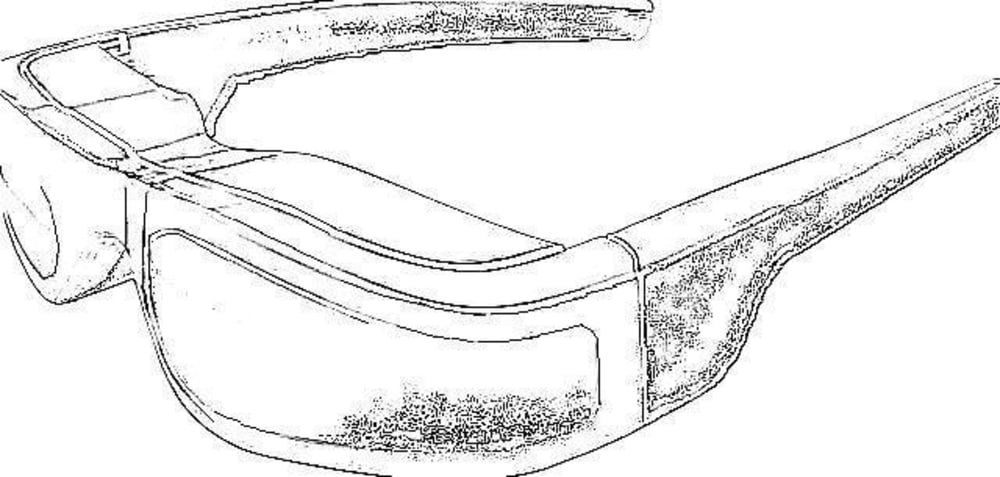After age of 40 a problem with the near vision of people appear. It is called presbyopia and it is caused by the loss of the flexibility of the lens inside the eyes. In this way the focusing ability for near vision is disturbed – reading newspapers, SMS messages on the handy display,..etc. becomes more and more difficult with aging. Until now few measures for the near vision correction are used:
Eyeglasses – can be single vision reading glasses or multifocal lenses
Contact lenses (monovision or bifocal lenses)
Surgery procedures (include also LASER surgery)
With this invention I propose a new type of near vision correction (improvement).
The phenomena on which the invention is based had been observed centuries ago by the Japanese samurais. They have noticed the following: when they were training a bow shooting, after few days of exercises their near vision was becoming better. Following the arrows with eyes from near to long distance they were exercising also their eyes. Based on this observation a practice for vision improvement was developed. Its main principle – changing repetitively the eye focusing distance can restore in some way the lenses' flexibility.
The invention comprises 3D vision glasses with memory card slot or connected to computer.
The images which the glasses produce could be stored inside the memory card or directly transmitted by the computer. The image video sequences shall be made so: 3D video image emulating an object at near distance, shall be followed by 3D video image emulating object at a long distance and smooth transition between both shall be implemented. The eyes will try to adjust their focal length on the imaginary objects placed at different imaginary distances, exercising in this way the lens and recovering their flexibility.
Of course the 3D glasses can be used also for entertainment purposes.
Like this entry?
-
About the Entrant
- Name:Milen Penev
- Type of entry:individual
- Software used for this entry:Brain
- Patent status:none

